15 Urban Legends Every ’60s Kid Grew Up Believing
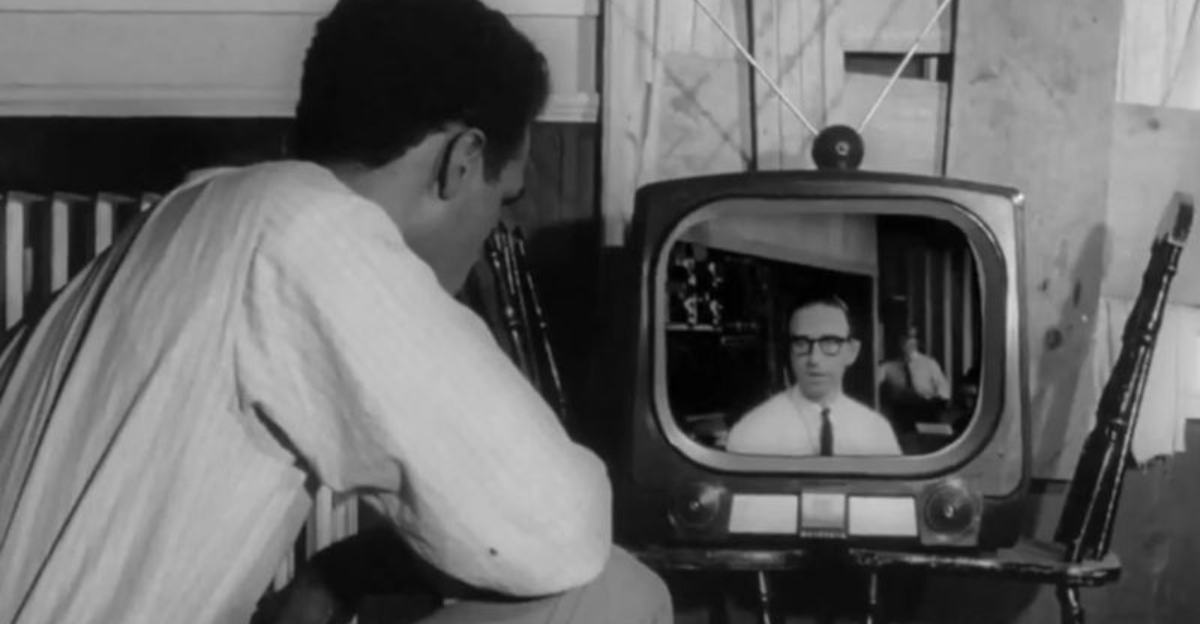
Before Google, Snopes, or a dependable parent with time to verify facts, children of the 1960s gathered their knowledge through whispered rumors at recess and fantastical tales handed down by older siblings.
The source hardly mattered, whether it came from the child who once boasted of meeting Batman at the gas station: if the tale seemed unusual, eerie, or faintly plausible, it spread rapidly like wildfire. And though you might have suspected their falsehood, you wouldn’t dare challenge their truth.
Let’s remember the myths that instilled caution in every ’60s child, while sparking boundless imagination.
1. Bubblegum Would Stay in Your Stomach for Seven Years
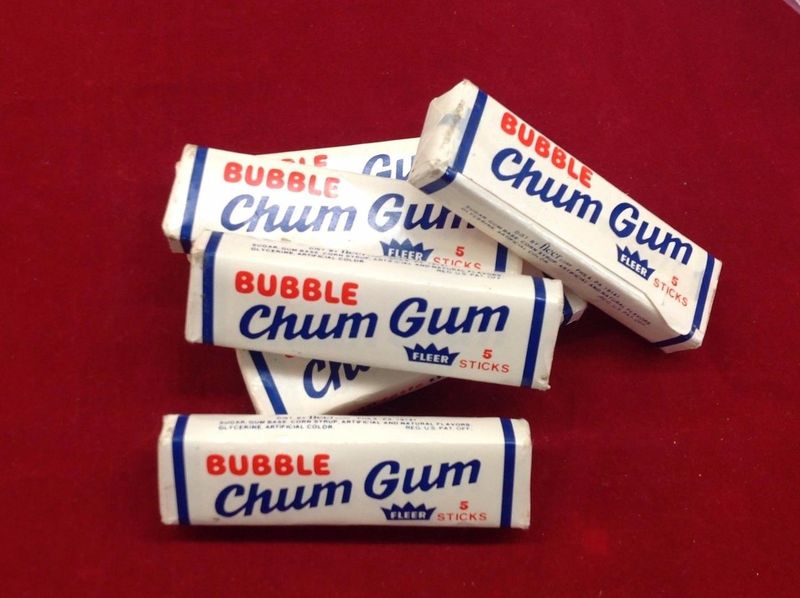
Spit it out or face the consequences! Youngsters in the ’60s received warnings that swallowing gum meant it would linger in your stomach for seven long years. This turned recess snack time into a delicate balancing act between temptation and digestive peril.
Naturally, the tale proved false, yet that didn’t prevent entire generations from chewing with apprehension. To this day, some adults pause before accidentally swallowing, haunted by childhood fears.
2. Pop Rocks and Soda Could Make You Explode

Thanks to the crackling sound of Pop Rocks and the fizzy rush of soda, believing your insides might burst from mixing the two seemed plausible. Rumors circulated that a child, or perhaps a cousin of a neighbor, had perished after the dangerous combination.
The tale gained such traction that it sparked public concern, prompting candy companies to address the fears. Nevertheless, adventurous youngsters couldn’t resist testing the theory, just to see if the rumors held any truth.
3. The Ghostly Hitchhiker on Route 66
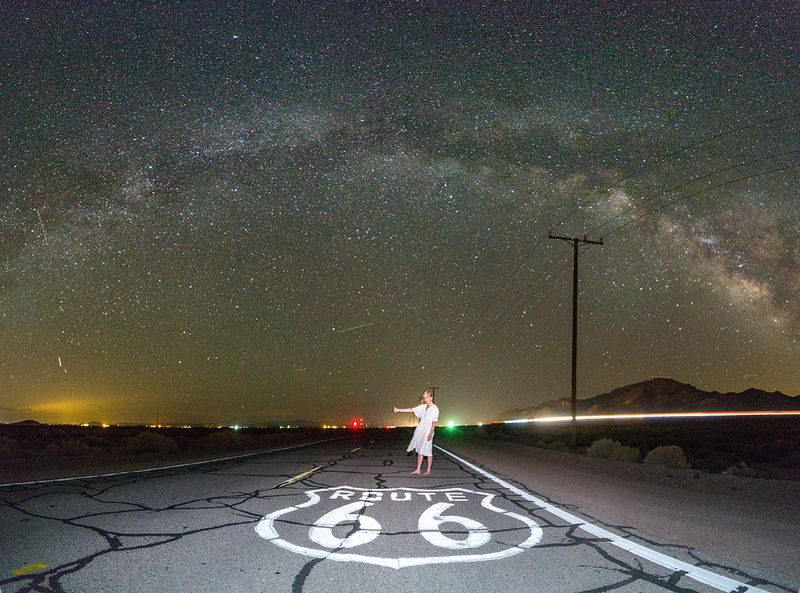
Every area had its take on the “hitchhiker who vanished from the backseat,” but on Route 66, this narrative became a cherished rite of passage. Allegedly, a young woman dressed in white would flag down drivers, only to vanish into thin air miles later.
The account often came from a friend of a friend’s uncle, who insisted it happened to him personally. Blending real-world eeriness with highway folklore, the tale sent shivers down spines during late-night drives along the iconic route.
4. Eating Watermelon Seeds Would Make One Grow in Your Stomach

The idea seemed reasonable to a child: if seeds grow when planted in soil with water, why wouldn’t they sprout in your belly? Watermelon-eating contests turned into cautious snack breaks as children meticulously removed seeds like careful surgeons.
The thought of a vine emerging from your mouth during sleep proved vivid enough to unsettle. The tale was lighthearted, whimsical, and yet oddly persuasive, lingering in young minds during summer picnics.
5. Elvis Was Sending Secret Messages Through His Music
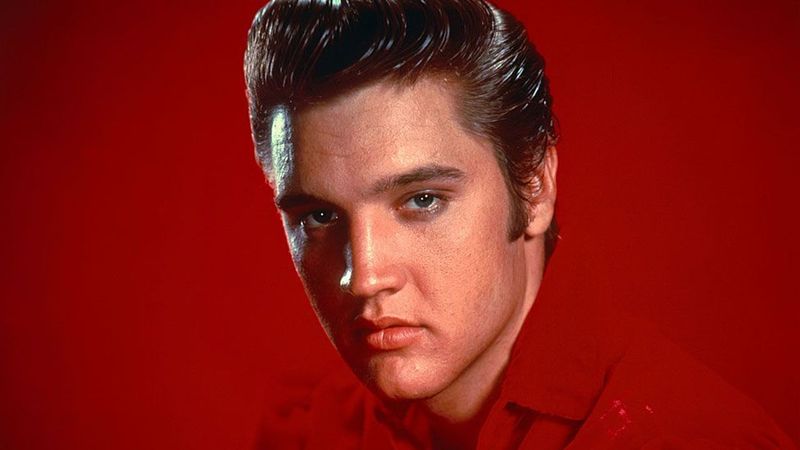
Certain children believed that playing The King’s songs backward unveiled hidden messages, possibly about aliens, secret societies, or even staging his own disappearance. The notion gained traction in garages and bedrooms, where record players spun in reverse, revealing little more than garbled noise.
Yet, the concept of music holding deeper secrets lent ’60s pop an exhilarating air of mystery. This belief paved the way for similar tales in the decades that followed.
6. Sewer Alligators in New York City

According to this urban legend, people who flushed baby alligators down the toilet created a monster problem in New York’s sewers. The story was fueled by tabloid headlines and wild imaginations, especially among kids fascinated by the unknown.
Every suspicious sewer grate was suddenly a portal to reptilian horror. While it was mostly myth, it captured the urban paranoia and fascination with “what lies beneath.”
7. The Haunted Doll That Moved at Night
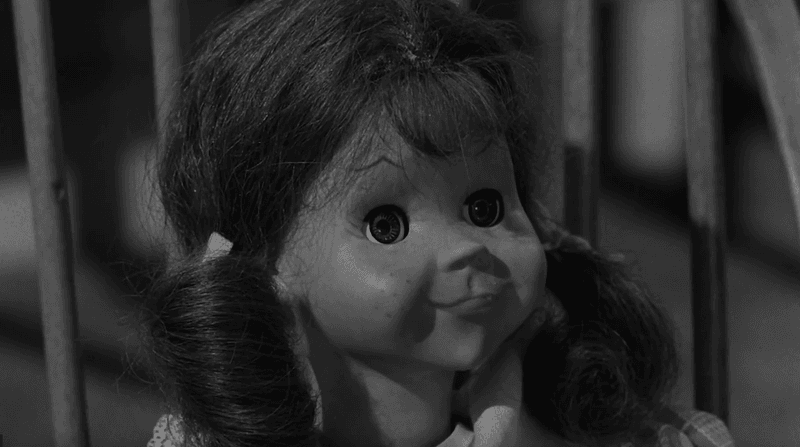
Whether it was a porcelain figure or a stuffed toy, kids in the ’60s believed certain dolls were possessed and moved on their own after dark. Often passed around in summer camp cabins or sleepovers, the story was a blend of horror and imagination.
All it took was one creaky floorboard to send a roomful of kids into panic. These stories predated Chucky but planted the seeds for future creepy doll legends.
8. The Vanishing Carnival
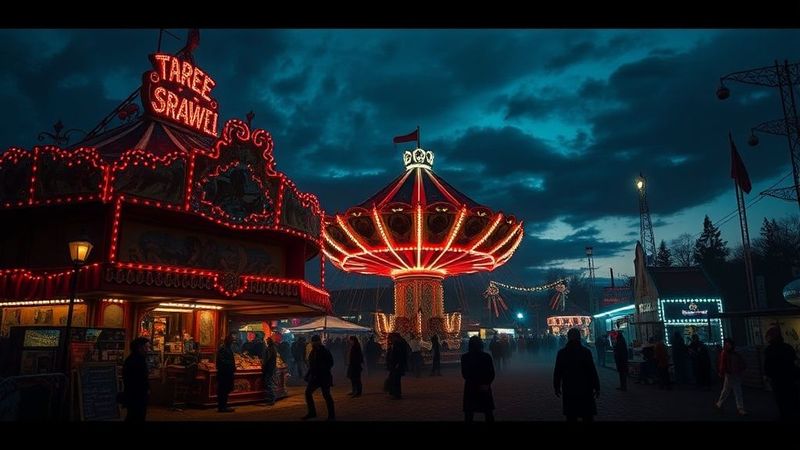
Certain children claimed a mysterious traveling carnival would appear overnight and disappear by dawn, often leaving behind peculiar marks in the grass. The tale wove a perfect blend of enchantment and unease: rides materializing without trucks, silent clowns, and prizes that turned to ash.
While no evidence confirmed its existence, the narrative lingered in playground whispers and neighborhood folklore. It embodied the dreamlike line between reality and the fantastical.
9. The Man with the Hook for a Hand
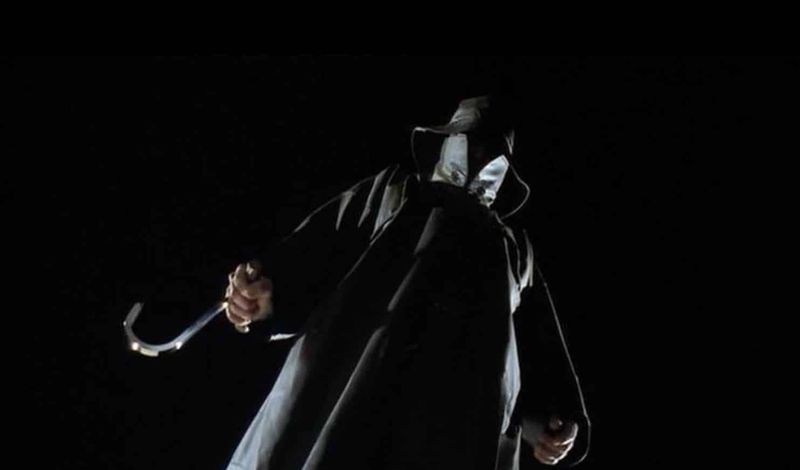
A couple parked in a car, a news bulletin about an escaped mental patient, and a hook left dangling from the door handle. This narrative defined the quintessential ’60s suspense tale. It taught children two lessons: avoid parking in shadowy spots, and always check the backseat.
Told in countless variations, it always concluded with a heart-pounding twist. Parents might have used it as a warning, but children found it deeply unsettling.
10. If You Shaved, Your Hair Would Grow Back Thicker
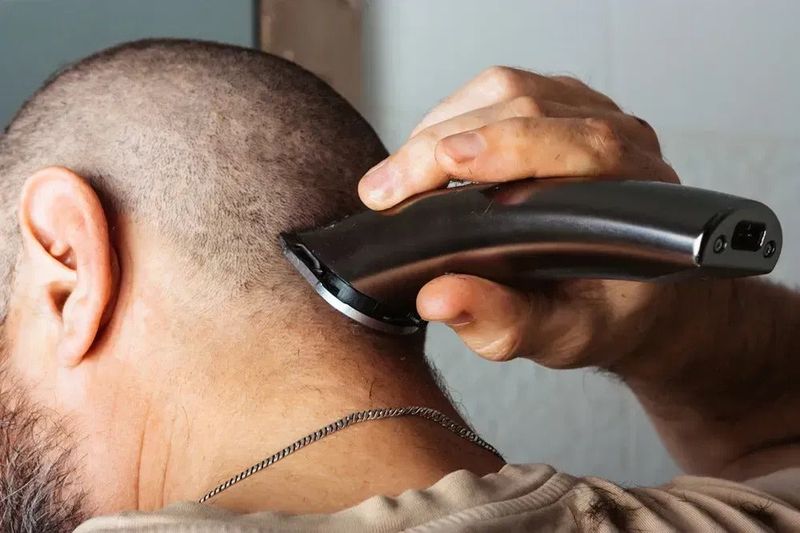
Widely regarded as a “fact” among teens and pre-teens, this belief convinced children that shaving would transform them into full-blown grizzly bears. It sparked anxiety for those shaving for the first time and excitement for those aiming to grow a mustache.
Though untrue, it led to numerous bathroom experiments among curious youngsters. The tale also highlighted how easily misinformation could spread, even when sourced from a trusted older sibling.
11. The Candy That Contained Razor Blades
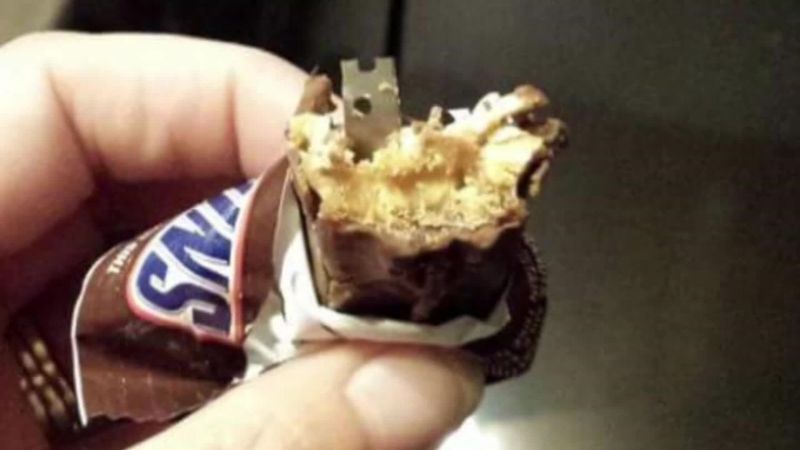
Long before trick-or-treat inspections became common, kids in the ’60s swapped horror stories of candy bars hiding razor blades or needles. The myth caused a wave of Halloween hysteria and led to some parents unwrapping and inspecting every sweet treat with surgical precision.
Even though there were extremely rare confirmed cases (usually involving hoaxes), the fear far outweighed reality. It transformed Halloween from carefree fun to a cautious ritual for many.
12. Bloody Mary in the Mirror
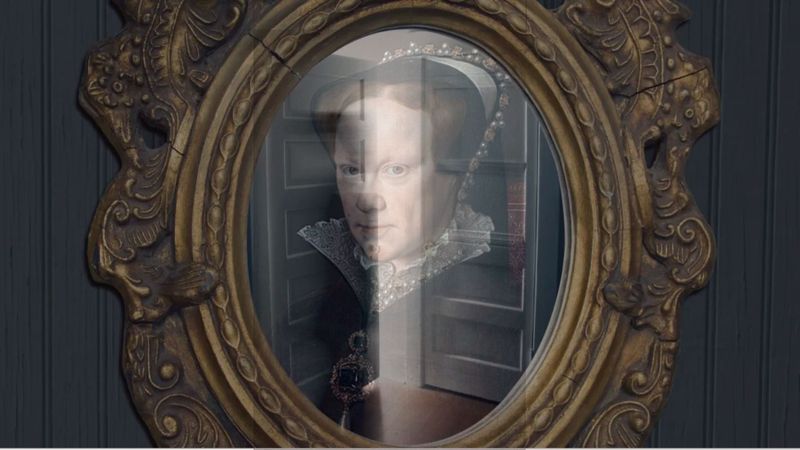
Few dares were as spine-chilling, or as widespread, as standing in a dark bathroom, chanting “Bloody Mary” three times, and awaiting her ghostly visage. Children swore they saw her eyes glow red or the mirror shimmer just before they fled in panic.
Whether at sleepovers or school bathrooms, this ritual marked a rite of passage. The experience proved unnerving, indeed, yet somehow utterly compelling to young adventurers.
13. The Old Lady Who Gave Out Poisoned Apples
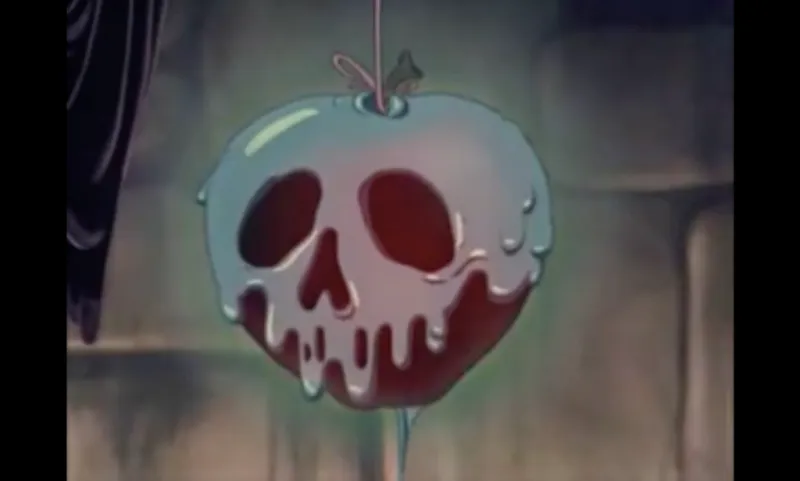
Urban legends about sinister elderly neighbors handing out poisoned fruit on Halloween haunted many neighborhoods. The tale painted a picture of sweet little grannies with ulterior motives, stirring distrust and suspicion in even the friendliest suburbs.
While apples laced with poison were more fiction than fact, this myth helped drive the popularity of pre-packaged candy. It also gave many kids an excuse to skip the “healthy” houses.
14. Tapping Morse Code with Flashlights Would Summon Spies
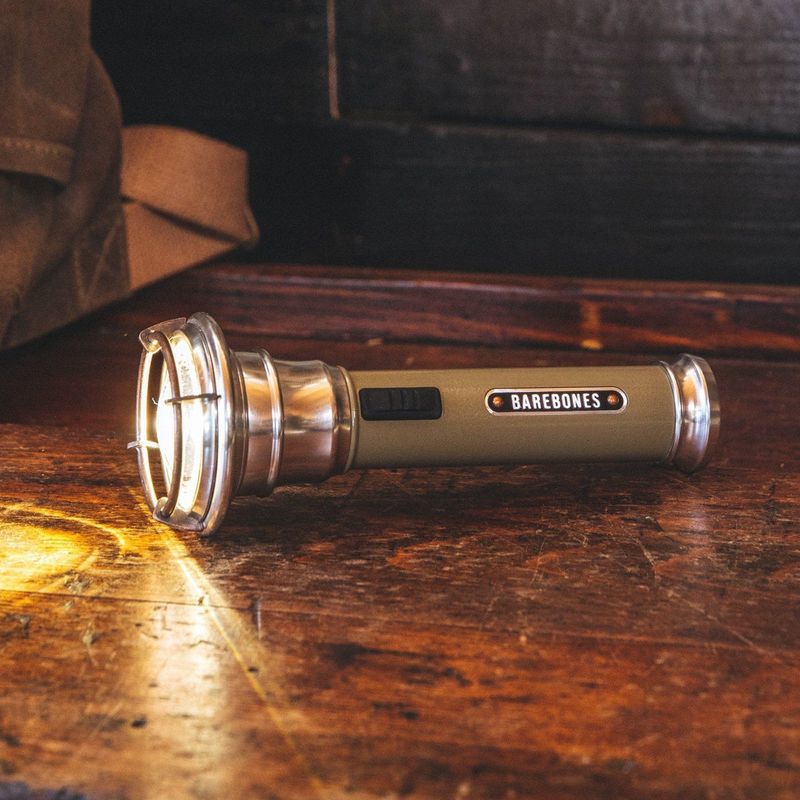
In the Cold War era, everything seemed tinged with espionage, including innocent flashlight games. Children believed that tapping specific patterns might unintentionally signal Russian spies or government agents lurking nearby.
This added an exhilarating sense of danger to backyard games and summer camp nights. The tale mirrored the era’s tension, filtered through the imaginative lens of youthful minds.
15. That Your TV Could Watch You Back

Before smart TVs were even a glimmer in a tech company’s eye, some kids believed their bulky family set could see and hear them. Fueled by Cold War fear and science fiction shows, this legend led to people throwing blankets over TVs when discussing secrets or doing something “suspicious.”
While the tech didn’t exist yet, the feeling of being watched was eerily prescient. It’s one legend that feels more real today than it did then.
